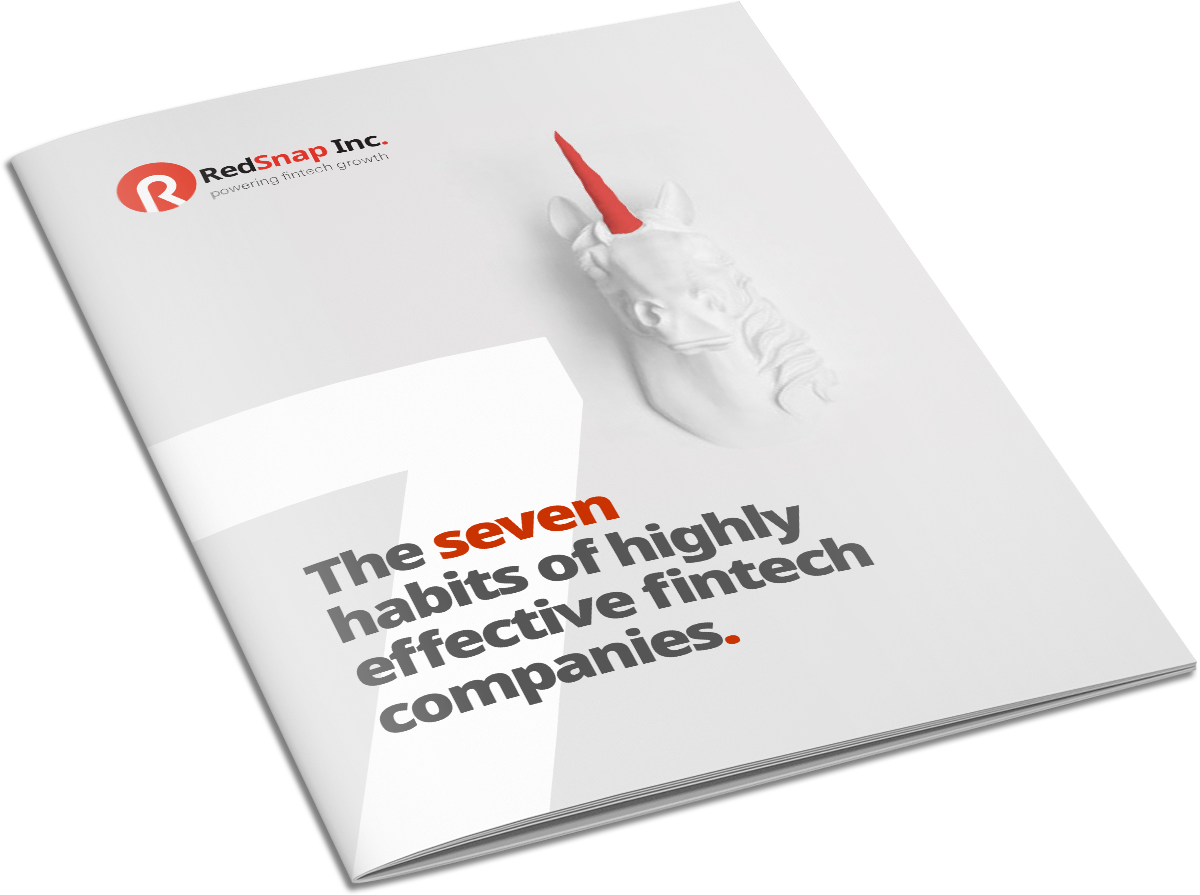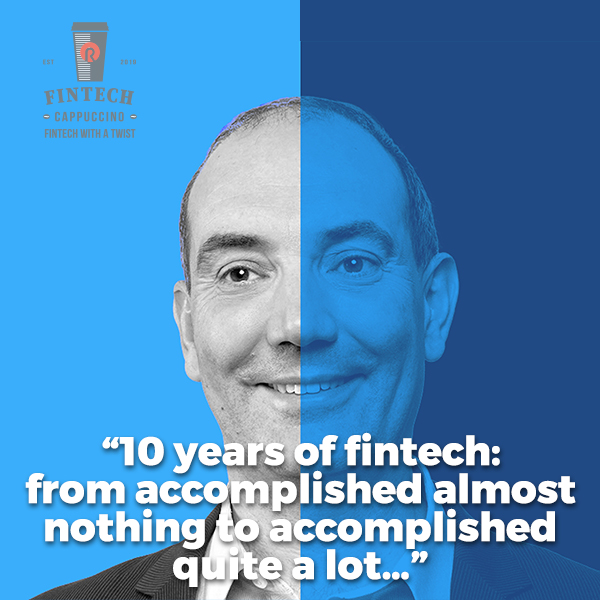The foundation of any successful go to market strategy ...
Marketing
Sales
Automation
For business leaders
For sales leaders
For marketing leaders
RedSnap Inc.
RedSnap Inc. is an agency for fintech branding, marketing & sales. We power fintech growth by aligning your marketing & sales. We develop appealing brands, impactful marketing campaigns and successful sales strategies that truly drive growth. Let’s simply say: we make sure your (potential) clients see you, like you and buy you.
For fintechs
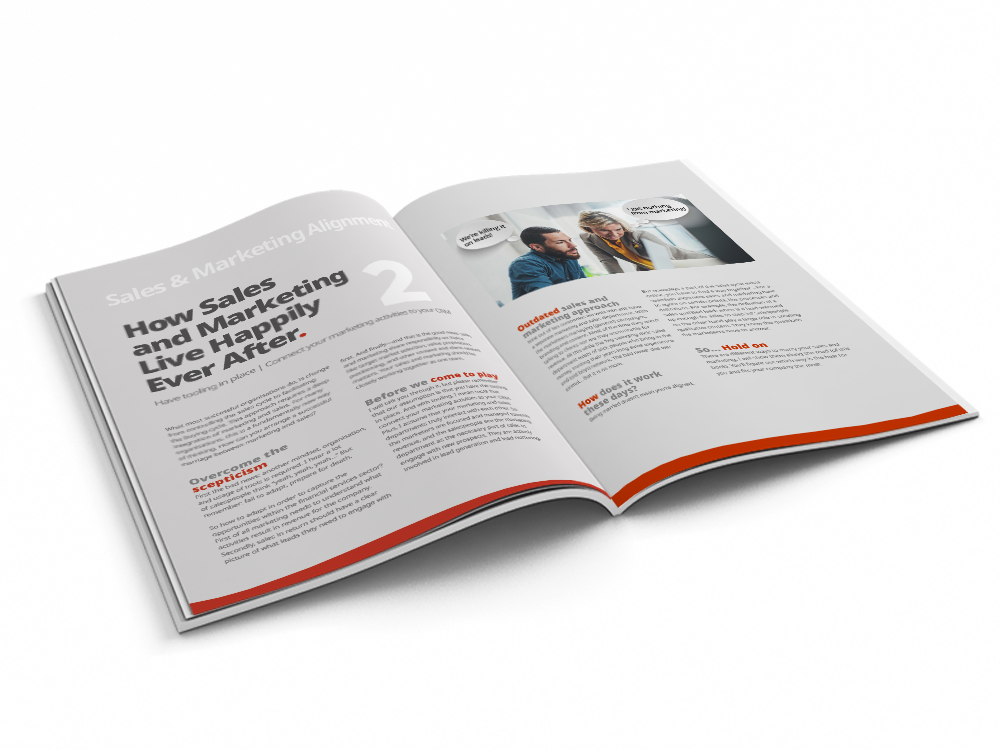
Download here.
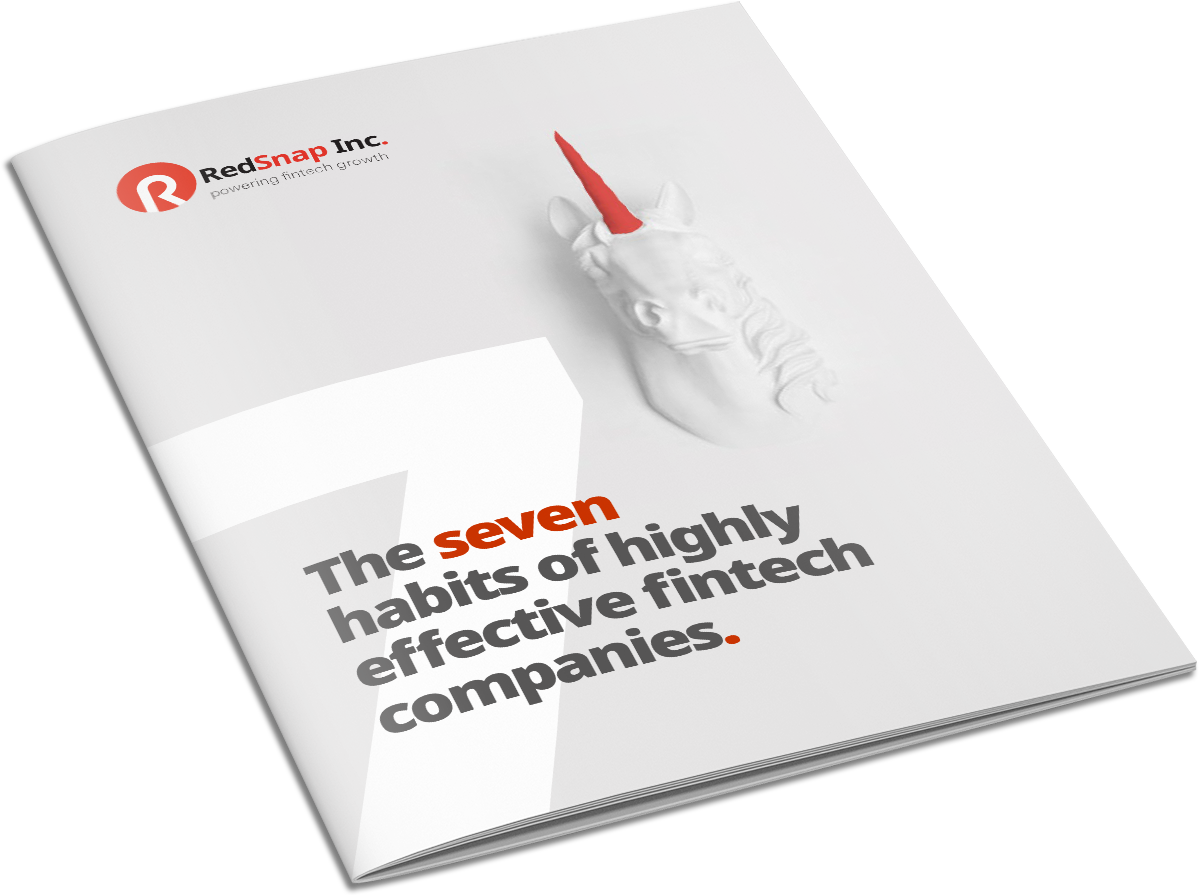
eBook 7 habits of highly effective fintech companies
Fintech
Mind the Gap!
Help your
Sales Star
to Win: Sales Enablement.

Let's have a look at 'Sales enablement’. There seem to be many misunderstandings about this topic, but most companies don't even notice it. It is time to set that straight.
Now, let's first look at the definition of 'Sales enablement', which is the centre of your sales strategy:
Sales enablement is everything you need to do to enable your sales people to sell more.
Full stop.
This full stop might sound a bit harsh, but it is necessary to keep the focus on what sales enablement actually is. Sometimes, we elaborate too much on this topic, and people get confused.
In a worst-case scenario, people might think sales enablement is about control or letting your sales team fill out silly forms in fancy applications. But controlling or filling databases is definitely not enabling your sales team. Sales enablement is just what salespeople need from the organisation to close deals. Because, at the end of the day, you'll either close the deal or lose the sale. And the persons that are most able to make this happen are your salespeople. Empower them!
It's all about me (not you)
Now, as we discussed before: sales is helping clients buy.
But before we zoom in on the way people buy, we need to discuss a widespread problem we see with many of our clients. Most commercial departments seem to forget that the favourite topic clients want to discuss with you is them. People love to talk about their problems, their challenges, and their dreams, but definitely not about you (or your product or company). So give them what they crave: talk about them.
Just to make sure you get it: never ever start a sales pitch with a story about you, your product, or your company. That way, you'll reveal yourself as the caricature of a salesperson.
The three important phases
To understand sales enablement better, we need to take a look at what 'sales' actually has to do. The buying journey of your potential clients generally consists of three phases: 1) the awareness phase, 2) the consideration phase, and 3) the decision or buying phase. In all phases, marketing and sales need to work together. Marketing takes the lead in the awareness phase. And depending on what you sell, the two departments work hand in hand for consideration, and sales takes the lead in the decision phase.
Let's dive into what each phase entails:
- Touch the latent pain (awareness)
The objective in the awareness phase is to make the client realise THEY have a problem. You want to touch their latent pain; make them aware of a problem and that it can be solved. So, in this phase, you need to educate the target market about solutions and make them aware of their issues by asking questions. - Tailor the deal (consideration)
In the awareness phase, the potential customers got to realise they have a problem; now, it is time to explore what solutions fit best. The consideration phase is all about getting the target market's attention. They are looking for a solution and you need to explain why they need to consider YOU. This is the right time for your sales and marketing teams to tailor their deals to a specific client situation. - Take control of the deal (decision)
In the decision phase, your potential client evaluates the risks and is internally preparing to buy. Marketing and sales, but primarily sales, need to take control of the sales cycle and close the deal
The decision phase is quite difficult for many commercial organisations. One common problem is that salespeople assume that their clients know how they buy. They don't! Especially in the more complex or enterprise sales, your clients do NOT understand how their organisations buy. You have to guide them and navigate the deal through the company. That is your job.
But what do your salespeople need?
Back to enabling your salespeople. And how you can help them close more deals. Let's begin by simply asking them. They know best, and every salesperson has different needs. Obviously, there are general features a commercial organisation needs to have in place to support clients in their journey. It starts with a consistent identity, value propositions, and positioning over every digital channel (direct and indirect). Content is important, ranging from thought leadership pieces, blogs, and trend reports to white papers, webinars, demos, and client cases.
However, most salespersons I know also need more human support. They want someone to consult and discuss approaches, scenarios, possible next steps, and how they can get unstuck in a deal. Someone that has the experience and can coach them in winning that deal. Usually (and hopefully) that coaching can be done by the sales managers…. (if they are not too busy with being 'in control').
This is it
In the end, sales enablement means having everything in place, so the salespeople can focus on only one thing: winning the deal.
Distractions from these noble 'winning tasks' are mostly admin jobs and silly irrelevant sales information like the number of calls, the number of meetings, the number of proposals sent out, or the number of… Oh well, I guess you get the vibe of these useless tasks. Statistics are never the reason why a deal is closed or not. It's like playing tennis: anyone can learn it, and you can collect data on every game, but not anyone can win Wimbledon, even if they have the best insights.
As for sales enablement, just make sure you have all your enabling 'tools' ready for your winning sales teams. These range from well-filled content channels to demos, coaches, and whatever makes their clocks tick. Because in the end, that's what sales enablement is: have the whole organisation mobilised and committed to help your sales star to WIN.
In our next blog we will talk about winning sales.
The Series
Mind the Gap.
-
From lead to deal1: The sales game has changedFacilitate the buyer's journey, change your mindset
Lack of structure and a lot of creativity. Are these the characteristics that come to mind when asked to describe a great salesperson? Not really right? Yet, the best sales people I know in the industry are not very structured, not very organised nor disciplined.
-
Sales & Marketing alignment2: How Sales and Marketing live happily ever afterHave tooling in place | Connect your marketing activities to your CRM.
In our article 'From lead to deal: The sales game has changed' we observed that successful organizations changed from controlling the sales cycle to facilitating the buying cycle. This approach requires a deep integration of marketing and sales. For many organizations this is a fundamentally new way of thinking. How can you arrange a successful marriage between marketing and sales?
-
Branding & identity3: Who do you think you are?How to get your branding in place.
Welcome to our ‘mind the gap’ article about brand & identity. Let’s first make sure we are all on the same page about the terminology because the language used is often misunderstood. Brand: Your brand is a combination of a visual identity, tone of voice and behaviour - most visibly expressed through your logo, taglines and images used in communication campaigns.
-
Positioning4: Finding the right positionPositioning is all about differentiation.
Welcome to our ‘mind the gap’ article about positioning. Here we will discuss the importance of positioning and how it can help you stand out from your competitors. How many times have you walked into a bank to pitch for a piece of business only to be told ‘we already have the functionality you offer’ or ‘we solved that problem a long time ago’.
-
Value proposition5: Value proposition: the extra mileWhat problem do we solve and for whom?
In this ‘mind the gap’ article we will discuss the value proposition and how it will help your fintech sales efforts in the financial services sector. That is, if applied correctly... Going the extra mile...
-
Target markets6: Finding your target audienceHow do you enter the considerable and risk-averse market of banks?
Most Fintechs face the same challenges in finding their target audience. They have a fantastic product which solves a problem for a bank. But how do they enter the considerable and risk-averse market of banks? A challenge like this isn’t a day at the beach, or is it?
-
Buying committee7: Not a shopaholicGet to know the buying committee
Before banks buy your product (or service), you first need to convince the buying committee. The people on this committee make sure that the banks money is well spent. Here is how you deal with them in order to close a deal.
-
Competition analysis8: The illusion of the special snowflakeNever underestimate your competition
A lot of fintechs might feel the urge to skip the competition analysis. Simply because they feel they don’t have any competitors. Their product is a unique solution, so why bother with looking at what others do? Well, fintechs should worry because there is always some competition; ‘special snowflake-ness’ is an illusion.
-
Sales & Engagement approach9: Stop selling. Start giving!Just selling for the sake of it has and will never work.
It might come as a surprise to you, but focusing on selling is sometimes the worst thing a sales organisation can do. A much better approach is to focus on the problem you solve for your customers and how can you help them navigate the deal through their own organisation.
-
Pipeline Optimization10: Hot or not?Optimize your sales pipeline and find the most effective way from lead to deal.
Phrases like 'pipeline optimization' that we use in our Sales & Marketing businesses do not always sound exciting. Nevertheless, the topic of pipeline optimization is hot as can be! If you optimize your sales pipeline, you'll find the most effective way from lead to deal. Sounds like a plan, but how do you do it?
-
Winning Sales12: Winning Sales is not everything: it is the only thingIt is not that companies forget about sales, but rather that they don't know how to play the sales game.
Sales is like playing tennis. Nobody cares about how many balls you hit, or services you make, how hard you hit the ball or how many miles you ran on the court. At Wimbledon, it is all about the performance: winning the game. And that's the same with winning sales.
The Ultimate Guide to Winning Sales in Fintech.
In this e-book, you'll learn about the one important question you need to focus on: how to win the market, as a team. Get your own copy and conquer the fintech world!
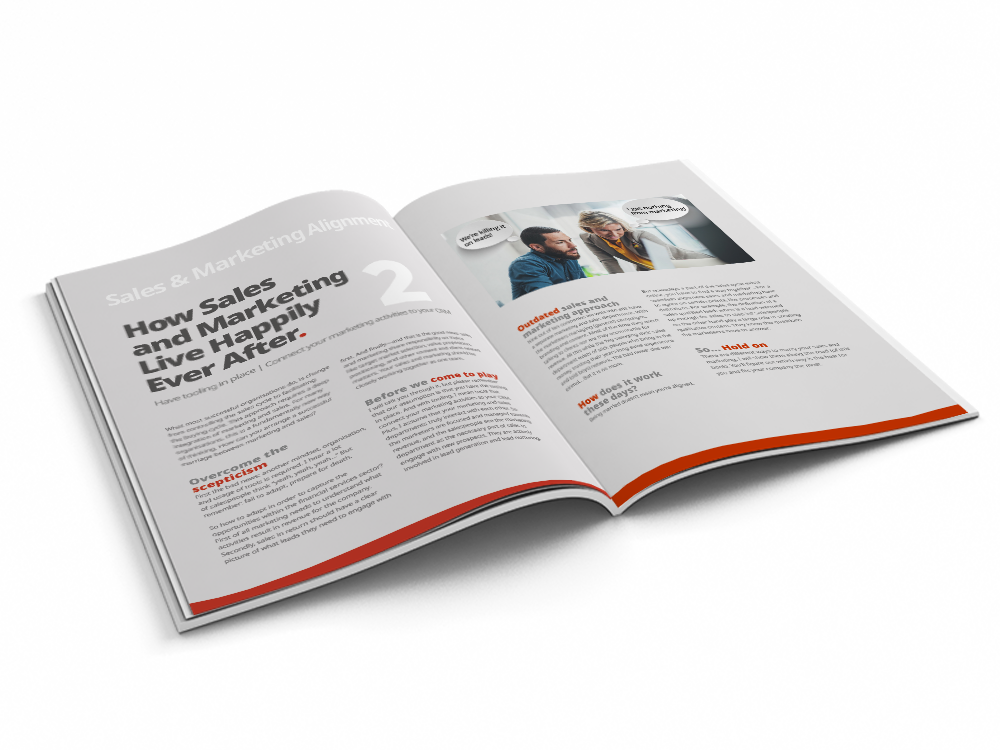
The 7 habits of highly effective fintechs
What are the 7 key habits that are continuously practised by successful fintechs? Follow the habits outlined in this e-book and you will be well on the way to growth.
